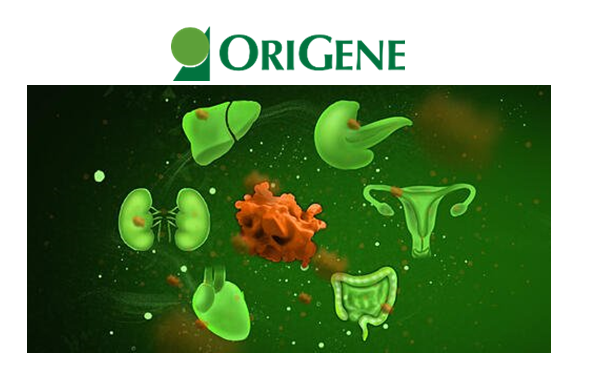HSD17B13 (Hydroxysteroid 17-Beta Dehydrogenase 13) is a unique liver-specific lipid droplet associated protein found in humans. Higher levels of HSD17B is associated with accumulation of fatty acid in the liver which is a common occurrence in advanced liver diseases such as NASH and NAFLD. In a recent study, Anstee et al. showed the significance of PNPLA3 as a risk factor for NAFLD but also showed the important contribution of HSD17B13 & TM6SF2. In addition to genome wide analysis, the study showed that HSD17B13 had retinol dehydrogenase activity. Learn more about the impact on SNPs on enzyme activity and the disease NAFLD. Download paper.




